Gandules, also known as pigeon peas, are a secret superstar in kitchens around the globe. These little peas pack a punch with flavor and nutrition, making them a favorite in many dishes. Have you ever wondered where they come from or why they’re so popular?
This blog post we will be Exploring Varieties of Gandules, how to cook them to perfection, and what you can use if you can’t find them at your local store.
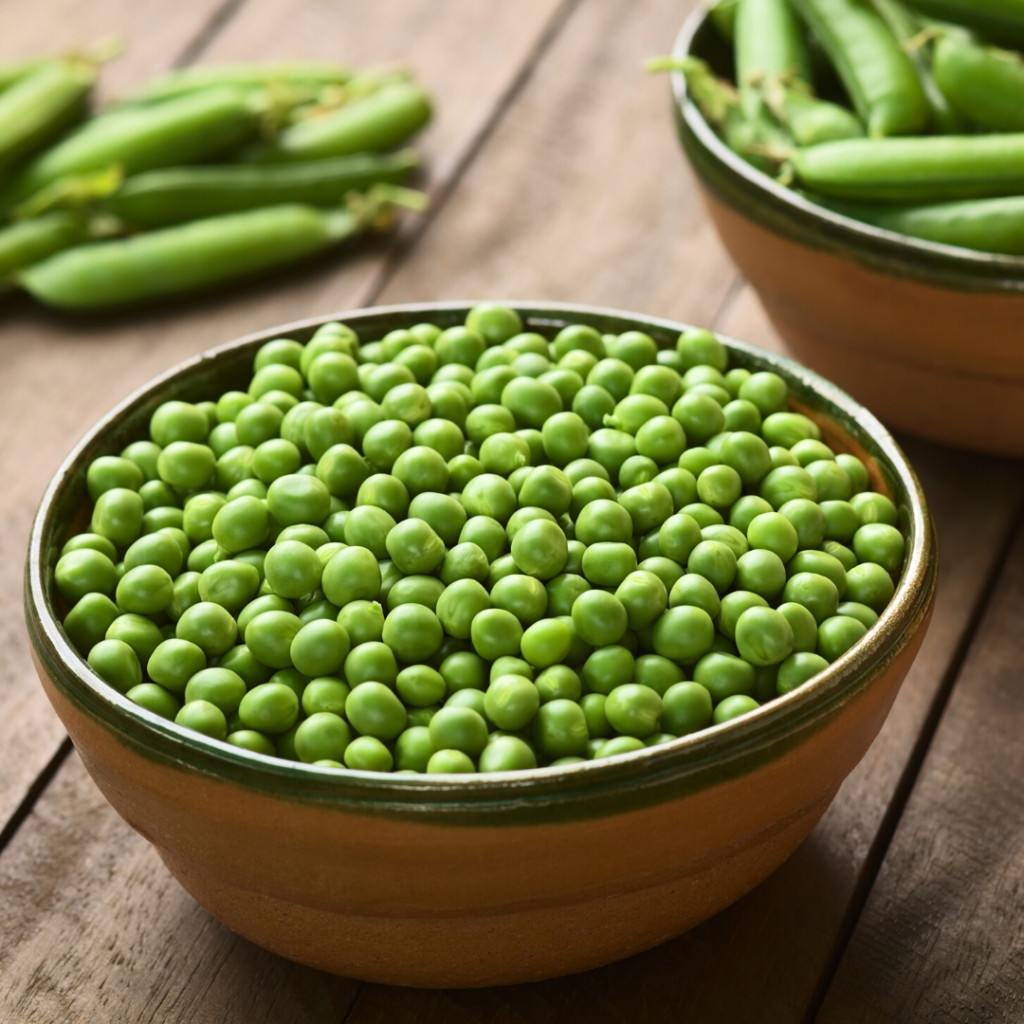
From the green freshness of just-picked pigeon peas to the convenience of the canned variety, there’s a type of gandule for every recipe. And if you’re feeling adventurous, we’ll introduce you to some amazing substitutes that can take your cooking to the next level. So, get ready to give your taste buds a treat as we explore the wonderful world of gandules!
What Are Gandules?
Gandules, or pigeon peas, are like the hidden gems of the bean world. They’re small, round, and can be green, brown, or black. These peas are not just tasty; they’re also full of good stuff for your body. They have protein, which helps build muscles, and fiber, which keeps your tummy happy. Plus, they have vitamins and minerals that keep you healthy.
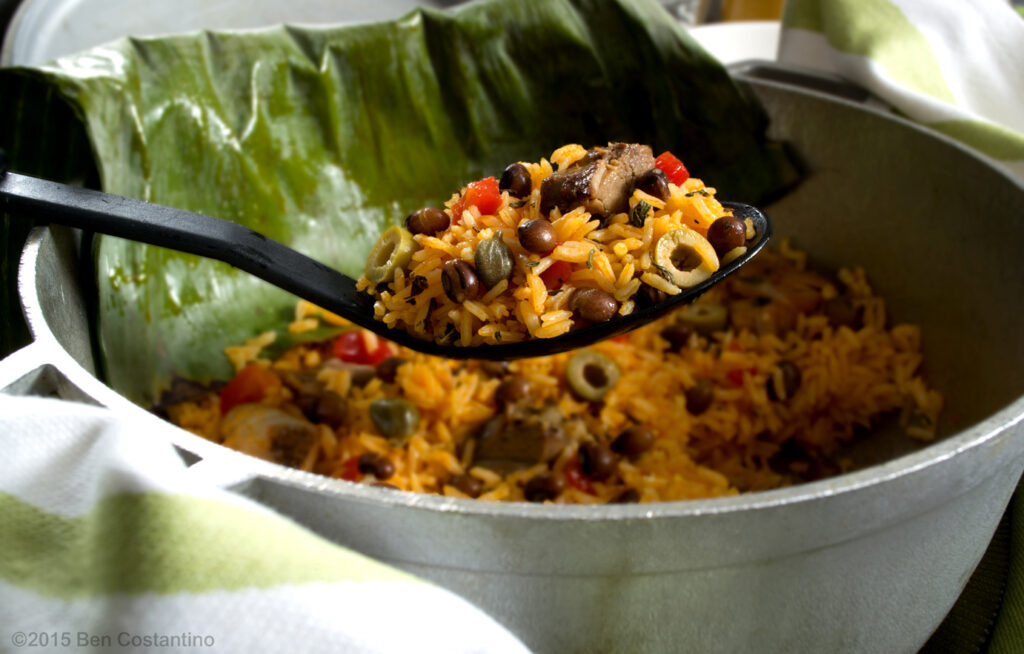
A Little Pea with Big Benefits
When you eat gandules, you’re giving your body a health boost. They have vitamin C, which is like a shield against getting sick. They also have potassium, which keeps your heart beating strong, and iron, which makes sure your blood can carry lots of oxygen all around your body.
Gandules in the Kitchen
In the kitchen, gandules are superstars. You can find them in cans, dried, or fresh in the pod. Fresh gandules are green and taste a bit like beans. Dried ones are brown or black, and they’re great in dishes that cook for a long time, like stews. Canned gandules are ready to eat right away, which is perfect when you’re in a hurry.
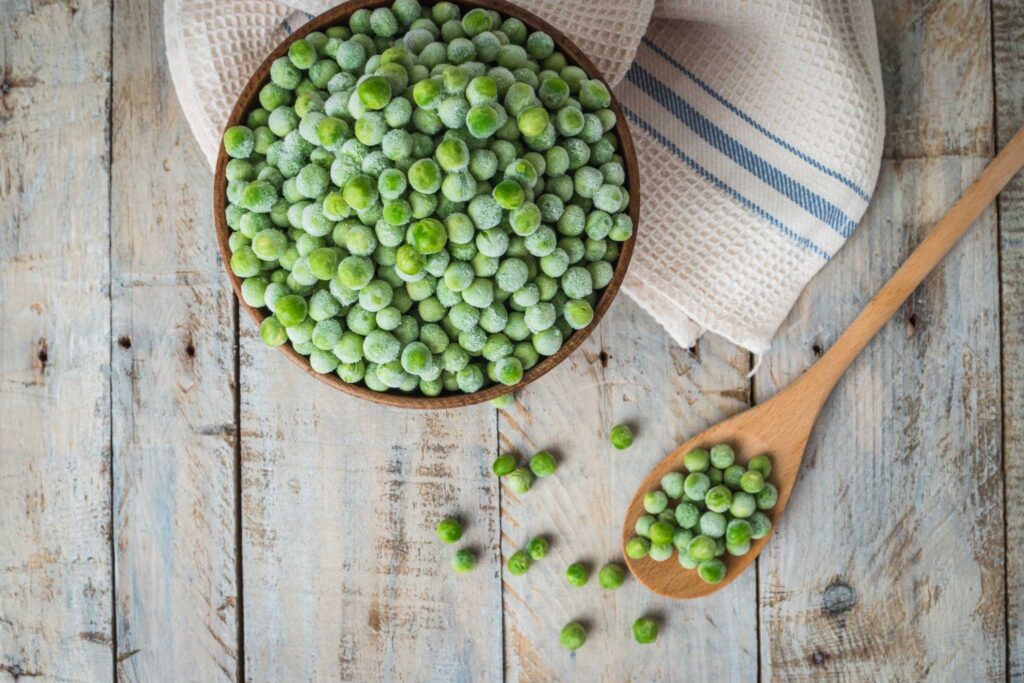
People love to use gandules in lots of dishes. They make a yummy rice called arroz con gandules, which is famous in places like Puerto Rico. You can also toss them into soups, salads, and even mix them with other beans for a colorful and tasty meal.
Exploring Varieties of Gandules
Gandules come in different types, and each one is special in its own way. Let’s check them out!
Green Pigeon Peas
Green pigeon peas are the fresh kind. They are picked when they’re young and tender. These peas are bright green and have a sweet, earthy taste. You can boil them or add them to soups and salads. They’re like a burst of freshness in your mouth!
Dried Pigeon Peas
Dried pigeon peas are the ones that have been left to dry out. They turn brown or black, and they last a long time in your pantry. Before you cook them, you need to soak them in water for a few hours. They’re perfect for making hearty meals that fill you up and keep you warm.
Canned Pigeon Peas
Canned pigeon peas are super convenient because they’re ready to use right out of the can. They’re great when you need to whip up a meal quickly. Just open the can, rinse them off, and they’re ready to go into any dish you’re making.
Each type of gandule has its own place in the kitchen. Whether you want something quick and easy or you’re cooking a big family dinner, there’s a type of gandule that’s just right for the job.
How to Cook Gandules
Cooking gandules is easy and fun! Let’s learn how to make them taste great.
Getting Started with Gandules
First things first, if you’re using dried gandules, remember to soak them in water for a few hours or overnight. This helps them cook faster and become nice and soft. If you have canned gandules, just open the can, drain the water, and give them a quick rinse.
Cooking Methods
Boiling Gandules
Boiling is the simplest way to cook gandules. Just put them in a pot with water and let them bubble away until they’re soft. You can add a pinch of salt for flavor.
Making Gandules Rice
Gandules rice is a tasty dish where you cook the peas with rice and spices. You’ll need a pot with a tight lid so the steam can help cook the rice and gandules together.
Using Gandules in Soups and Stews
Gandules are great in soups and stews. They add a hearty touch to any recipe. Just toss them in with your other ingredients and let them simmer until everything is yummy and ready to eat.
Tips for Perfect Gandules
- Taste as You Go: Keep tasting your gandules while they cook to make sure they’re just right.
- Spice It Up: Add your favorite spices to give them extra flavor.
- Don’t Rush: Give them time to cook slowly so they can soak up all the good flavors.
Cooking gandules is a breeze, and they can make any meal feel special. With these tips, you’ll be a gandule-cooking pro in no time!
Popular Gandules Dishes
Gandules are not just healthy; they’re also super tasty and can be used in many different dishes. Let’s look at some popular ones that people love to eat!
Gandules Rice: A Flavorful Favorite
Gandules rice is a dish full of flavor. It’s made with rice, gandules, and a mix of spices that make your kitchen smell amazing. To make it, you cook the rice and gandules together with things like onions, bell peppers, and sometimes even bacon or ham. It’s a dish that’s loved in many places, especially in Puerto Rico, where it’s a big part of their yummy food.
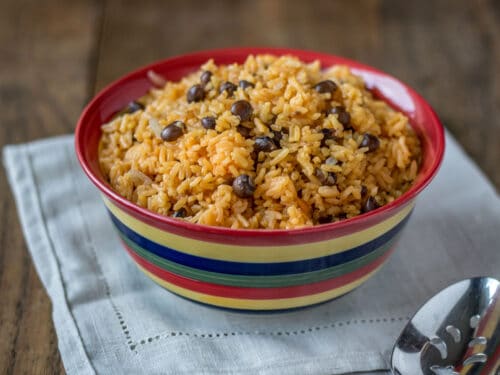
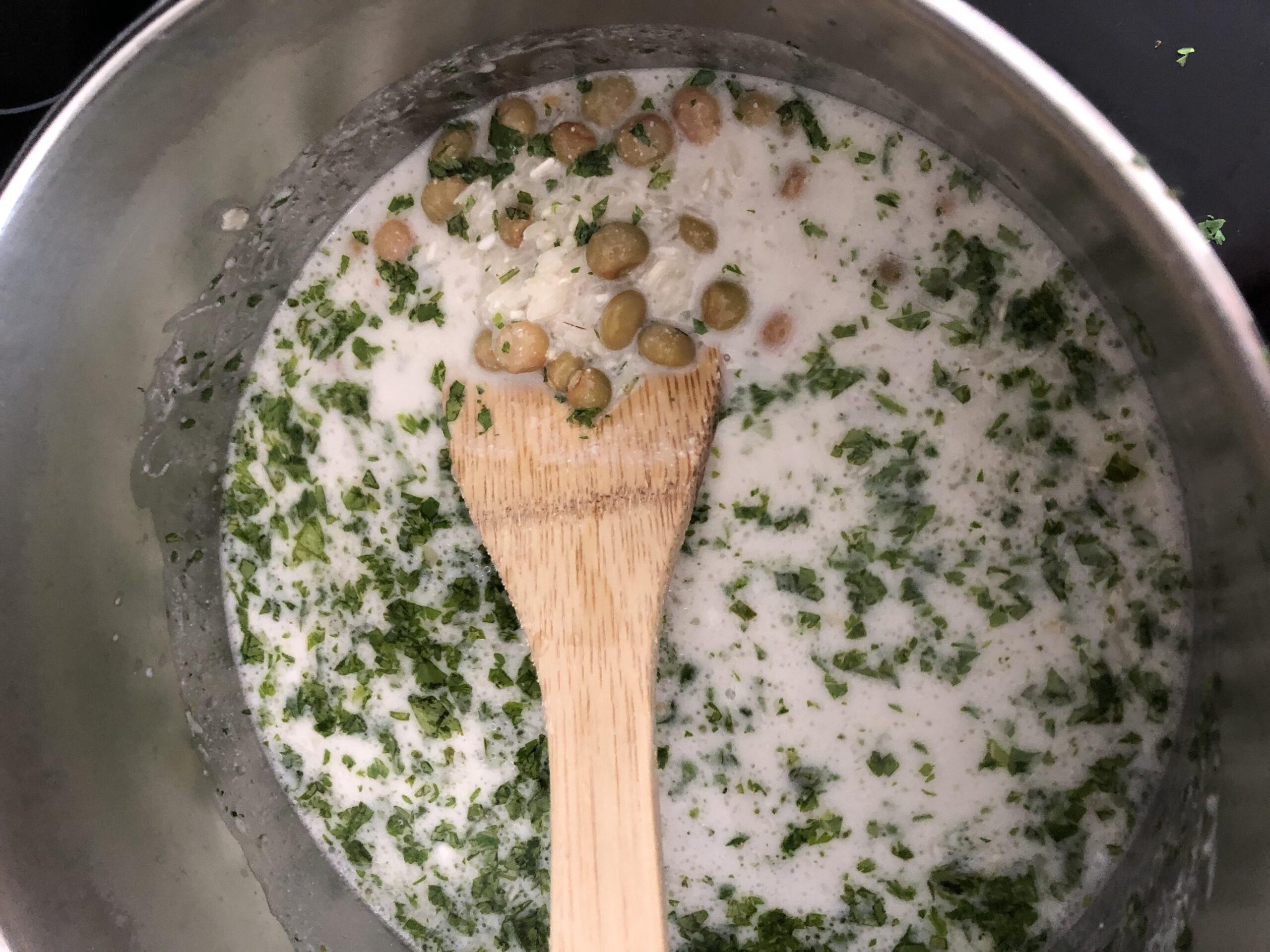
Gandules with Coconut Milk: Creamy and Delicious
Another great way to enjoy gandules is to cook them with coconut milk. This makes the gandules creamy and gives them a sweet, nutty taste. It’s like a cozy hug for your taste buds! You can eat this with rice or bread, and it’s a hit at any meal.
Stews and Soups: Warm and Comforting
When it’s cold outside, or you just want something to warm you up, gandules are perfect in stews and soups. They make these dishes thick and hearty. You can add vegetables, meat, or just keep it simple with spices and herbs. It’s a bowl of comfort that’s good for you too!
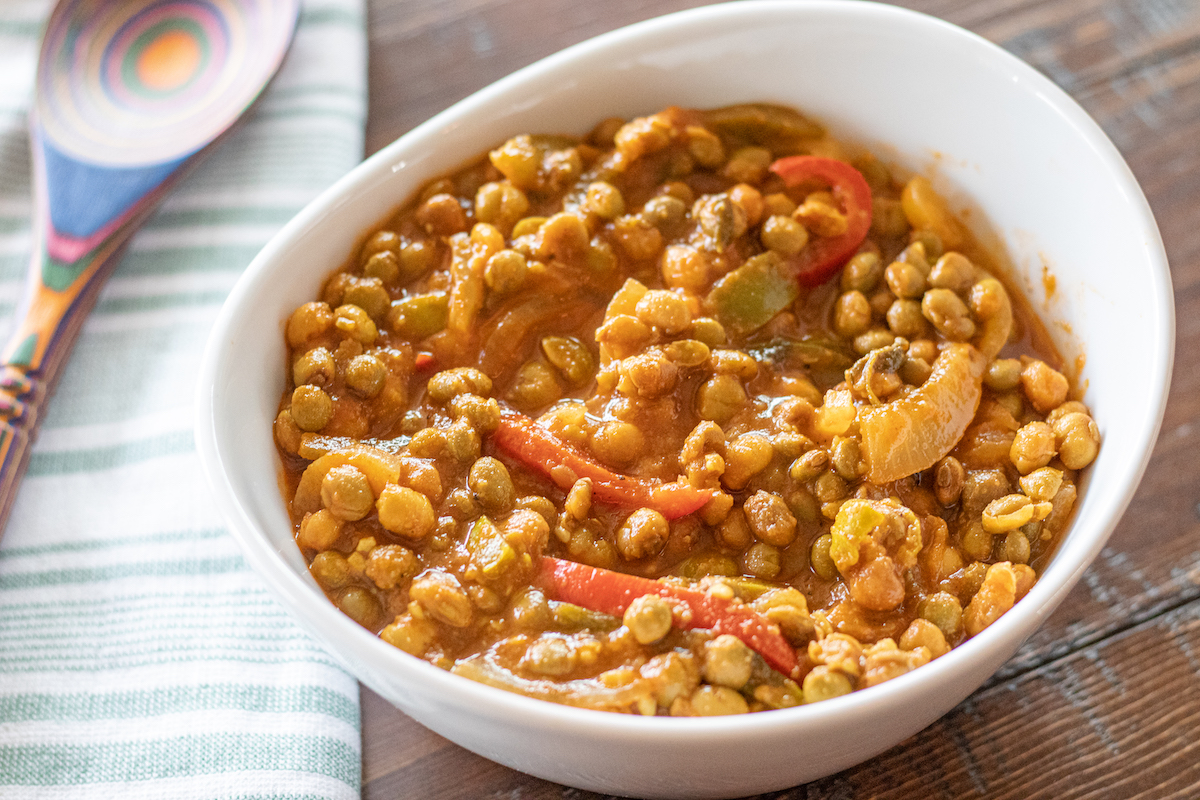
Substitutes for Gandules
Sometimes, you might not find gandules at the store, but don’t worry! There are other beans that can take their place in your recipes. Let’s look at some good substitutes.
Lobia (Black-Eyed Peas)
Lobia, or black-eyed peas, are a great swap for gandules. They’re small, white beans with a little black spot, and they taste delicious. You can use them just like gandules in most recipes. They’re good in rice dishes and make tasty soups, too.
Chickpeas: A Crunchy Alternative
Chickpeas are another substitute you can try. They’re bigger and have a nutty flavor. You can roast them for a crunchy snack or add them to salads and stews. They’re really good for you and can be used in lots of different ways.
Lentils: Quick and Easy
Lentils are tiny beans that cook quickly, which makes them super handy. They come in many colors, like green, red, and brown. Lentils are great in soups and as a side dish. They’re full of nutrients and can fill you up in a healthy way.
Where to Buy Gandules?
Finding gandules can be an adventure, but it’s easier than you might think. Here’s where you can look for them.
Grocery Stores: Check the Bean Aisle
Your local grocery store is a good place to start. Head to the aisle where they keep beans and rice. You might find gandules there, either in cans or bags. Look for the green peas or the dried ones.
Online Options: Shop from Home
If you can’t find gandules at the store, the internet is your friend. There are lots of online shops that sell them. You can order gandules from the comfort of your home, and they’ll come right to your door.
Ethnic Markets: Discover New Flavors
Ethnic markets are like treasure chests for food lovers. They often have gandules because they’re used in many different cultures. While you’re there, you might also discover other cool foods to try.

Final Analysis
We’ve had a fun journey exploring the world of gandules, haven’t we? From learning what they are to discovering all the different types, we now know how useful and yummy these peas can be. Whether you’re cooking up a storm with green pigeon peas, using the dried ones for a comforting stew, or opening a can for a quick meal, gandules are always ready to make your food taste great. And if you can’t find gandules, no problem!
We learned about some awesome substitutes like lobia, chickpeas, and lentils that can fill in and still make your dish delicious. Plus, we talked about where to find gandules, whether it’s at your local grocery store, online, or at an ethnic market.
So, next time you’re in the kitchen, why not give gandules a try? Or switch things up with one of the substitutes. You might just find a new favorite ingredient to add to your meals!
FAQs
Disclosure: Our blog contains affiliate links to products. We may receive a commission for purchases made through these links. However, this does not impact our reviews and comparisons. We try our best to keep things fair and balanced, in order to help you make the best choice for you.

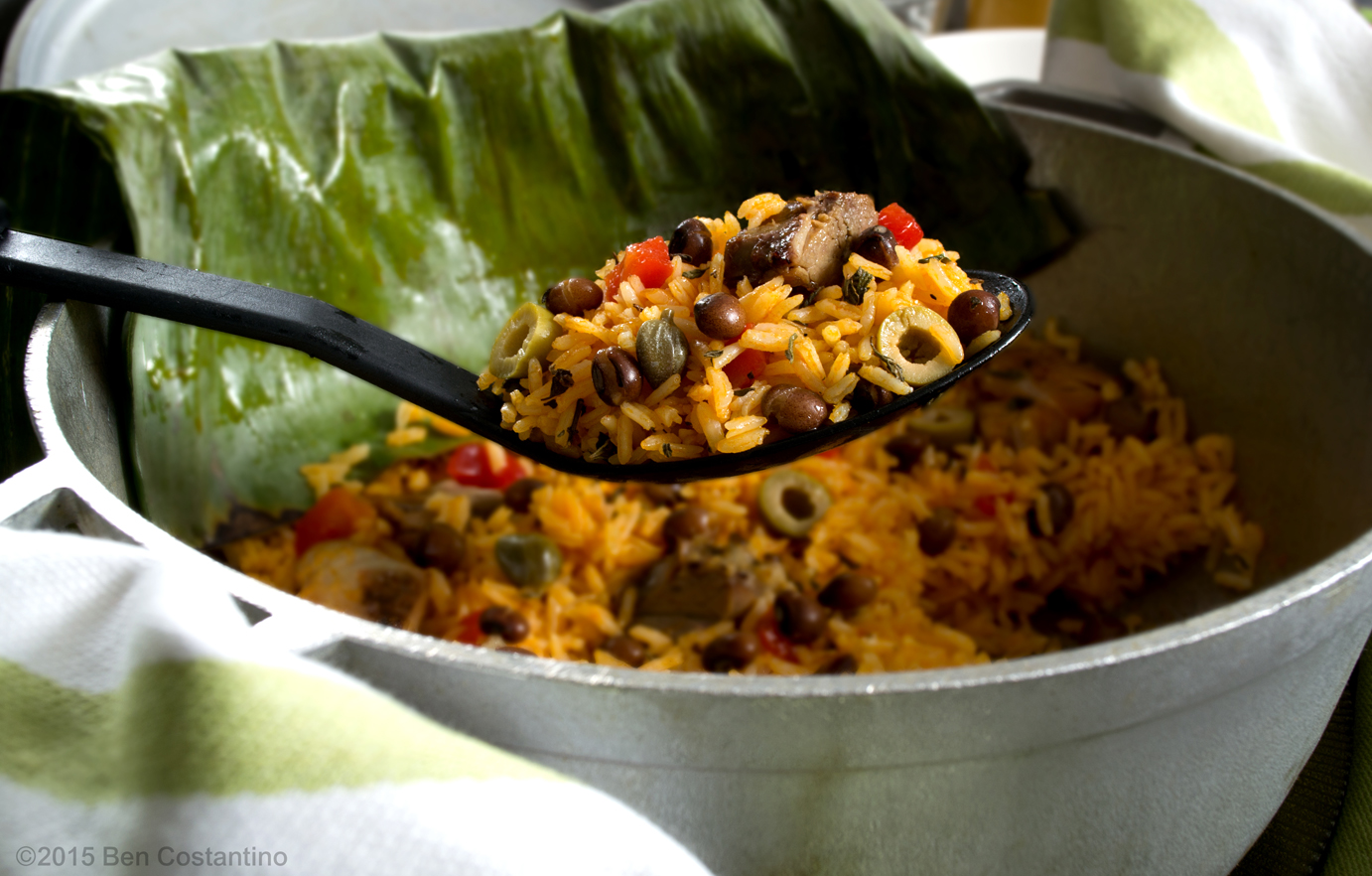
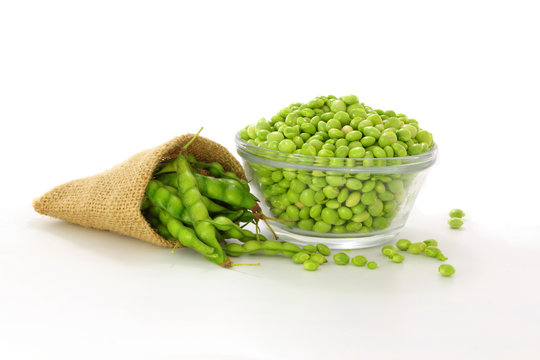
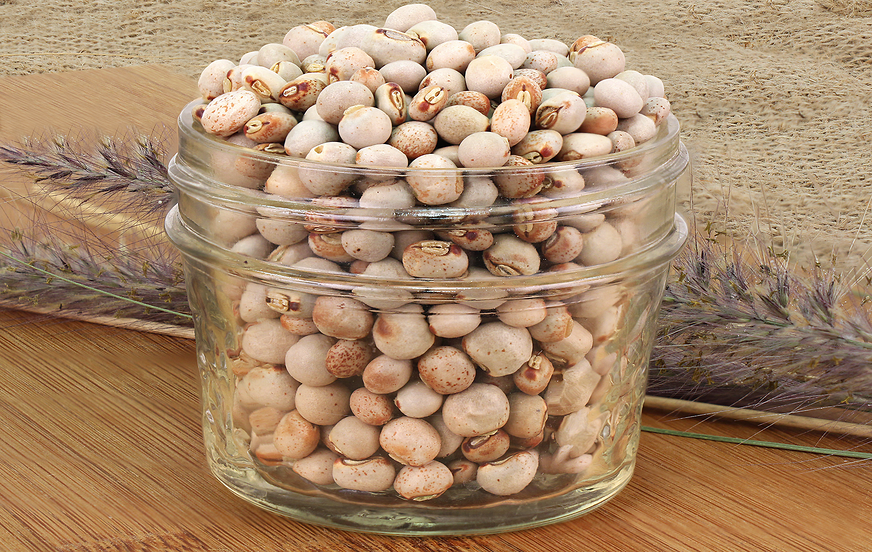
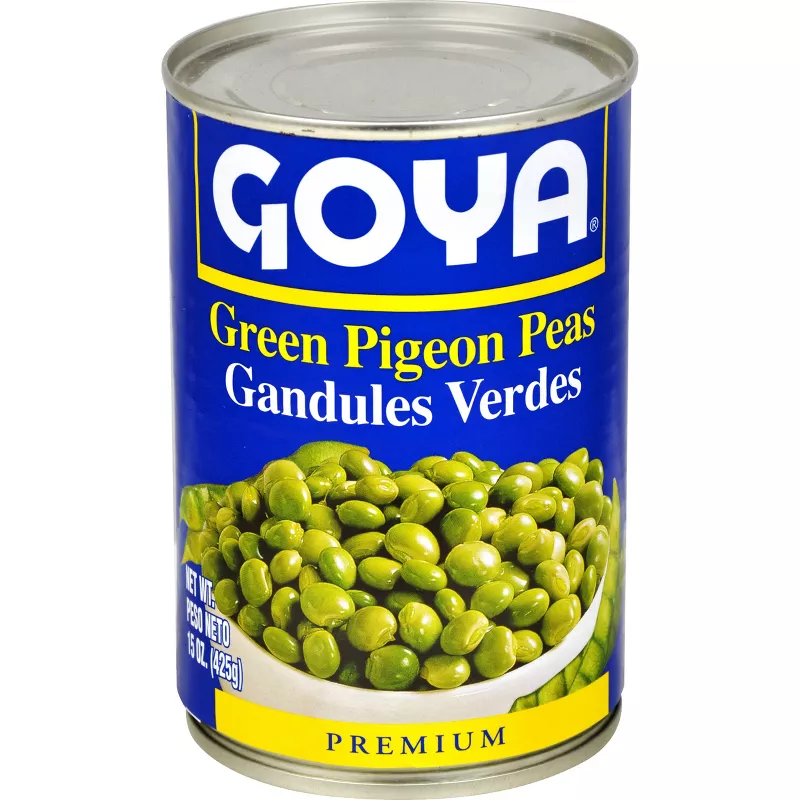
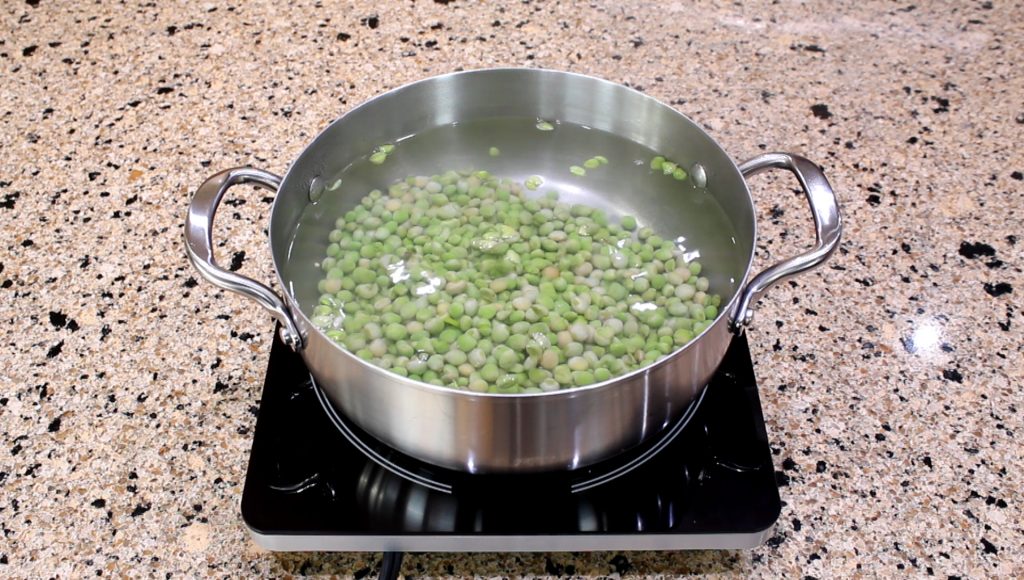
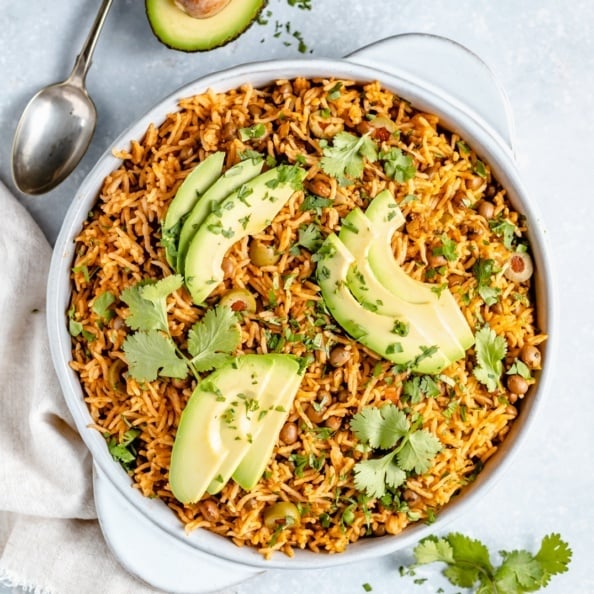
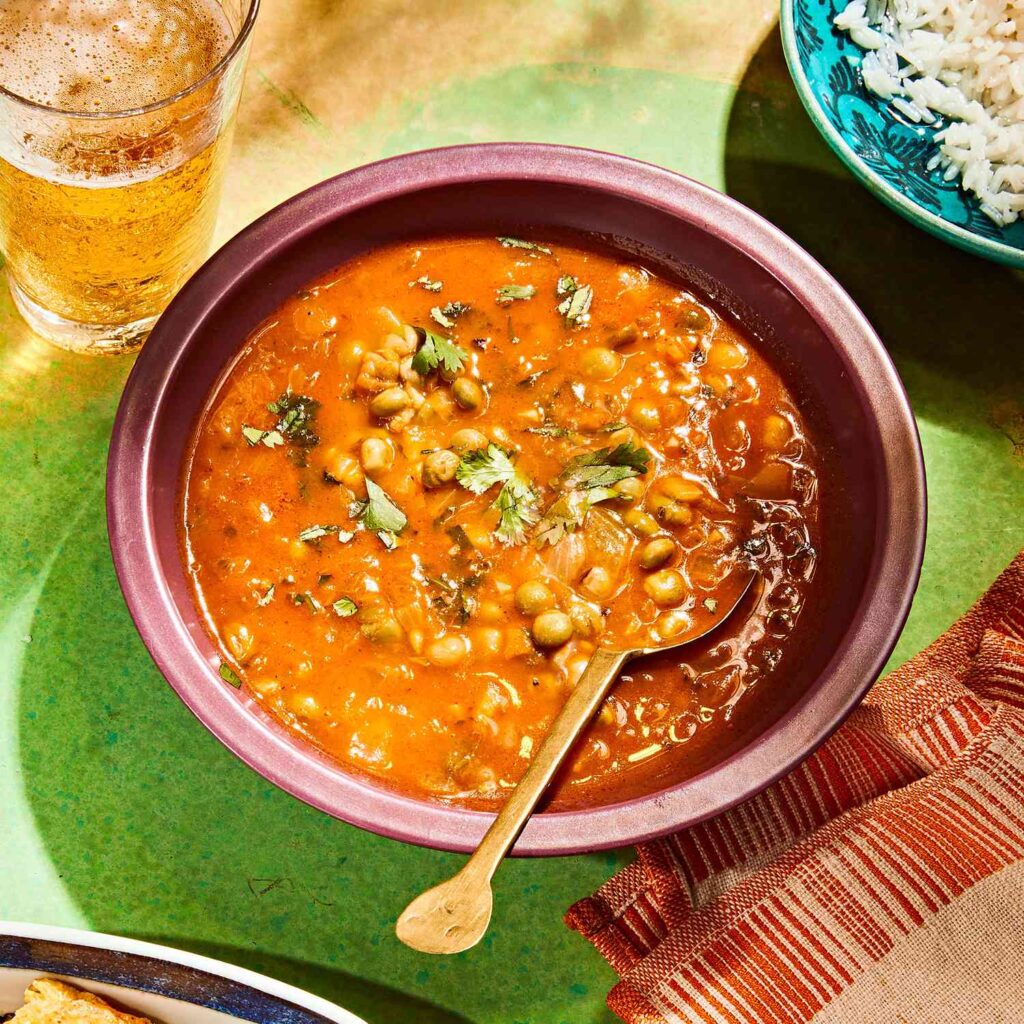
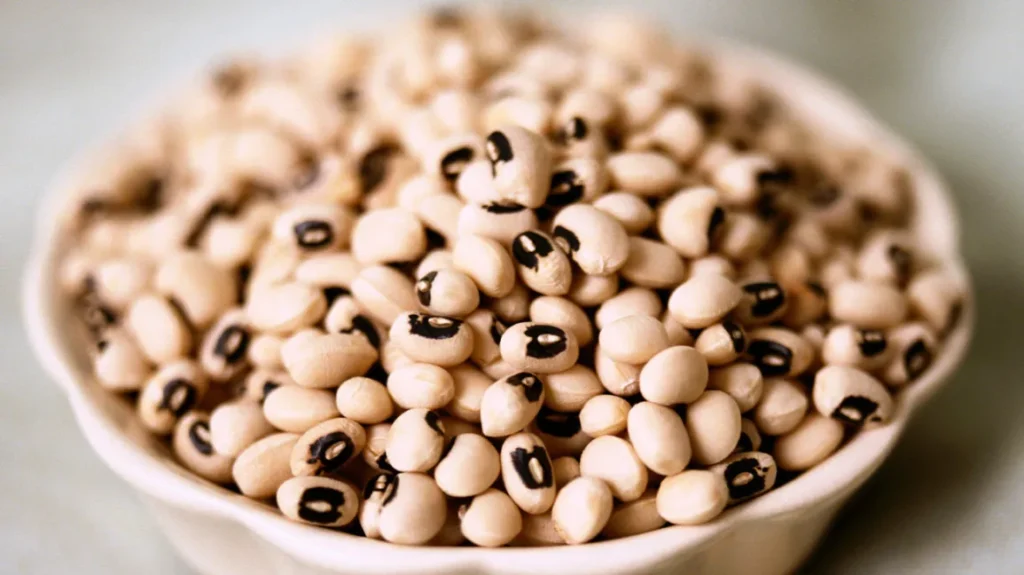
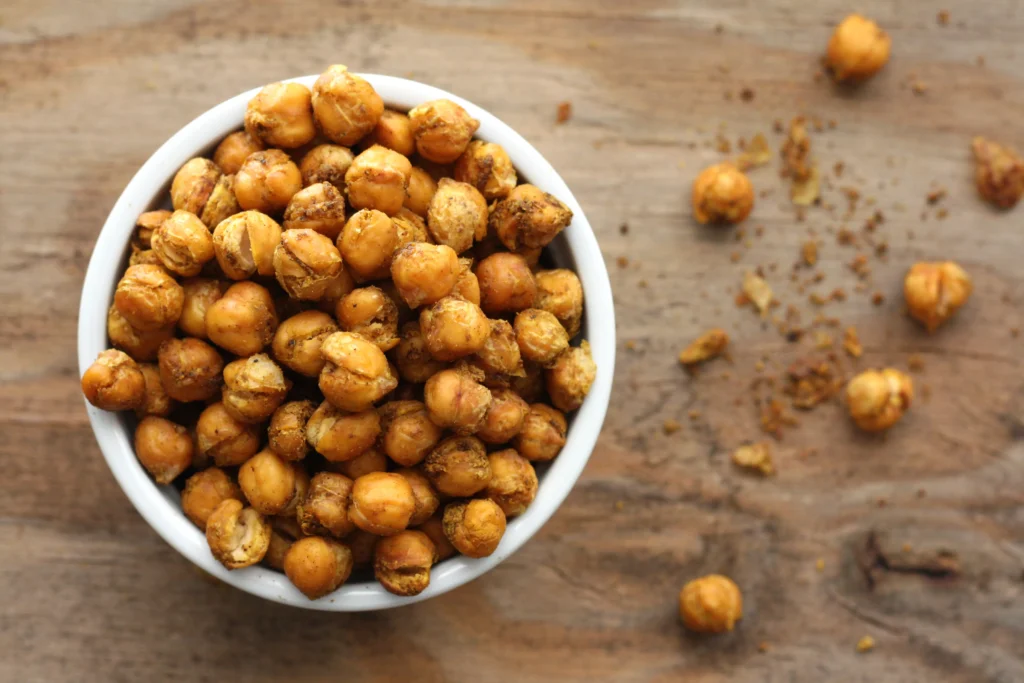
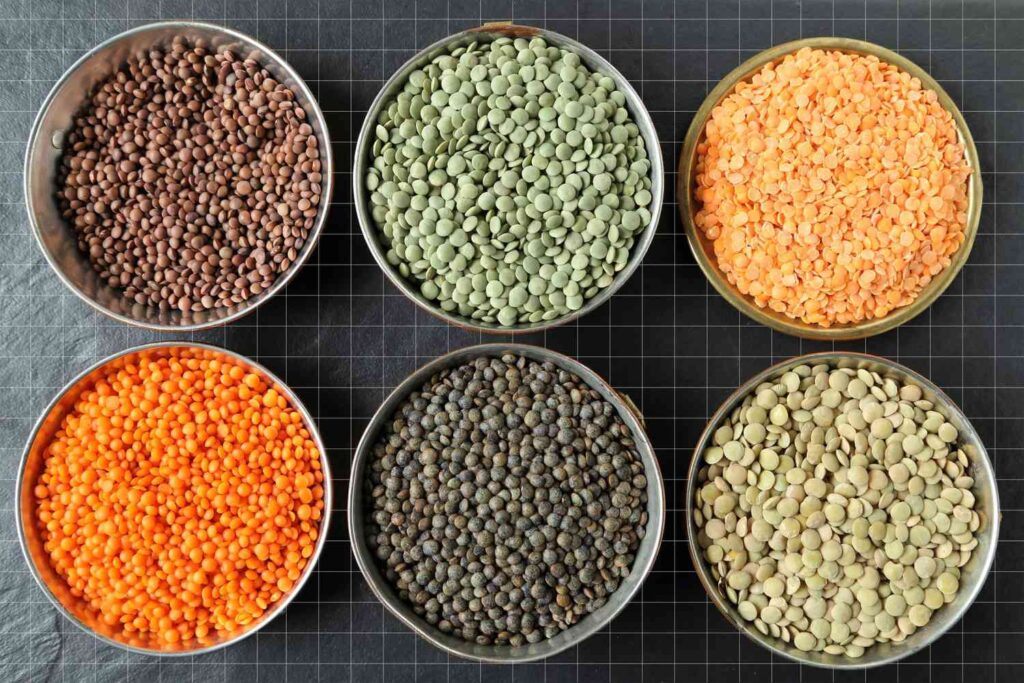
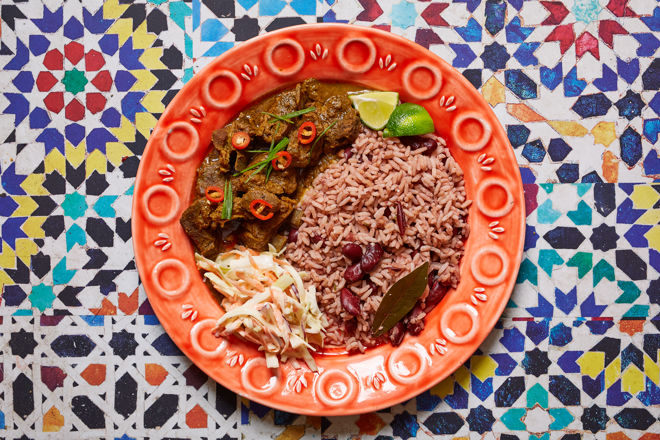
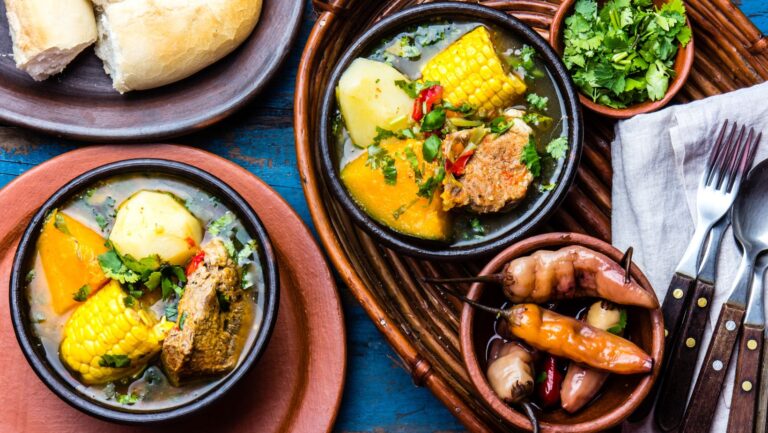

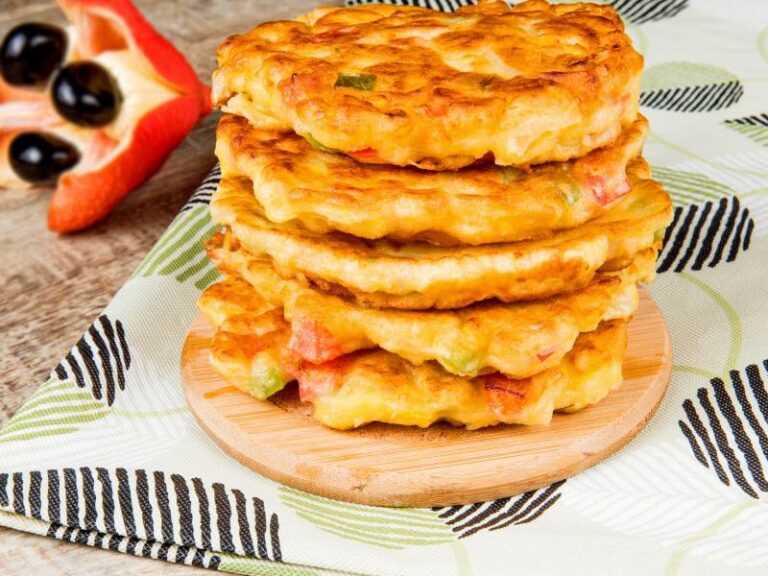
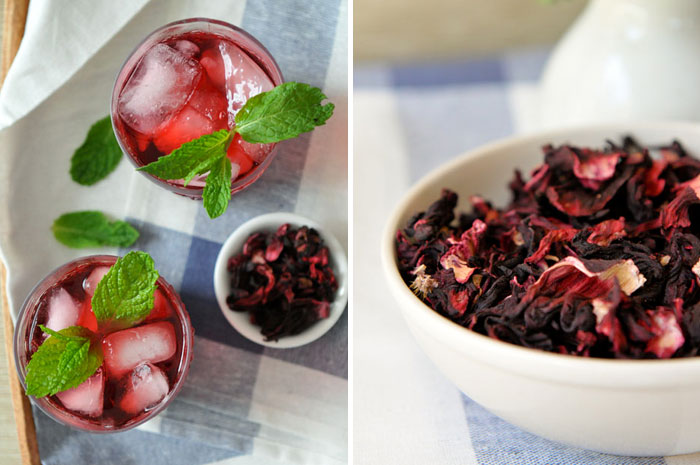
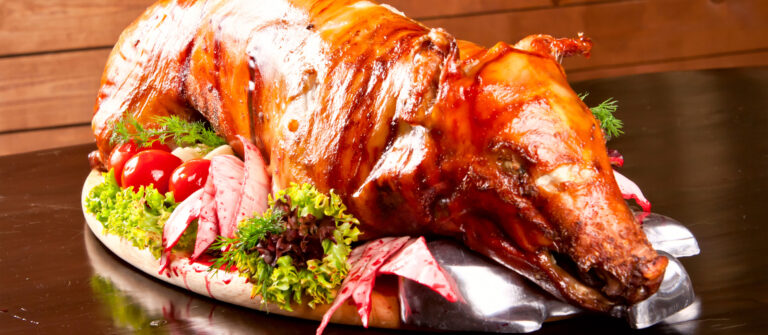
2 Comments